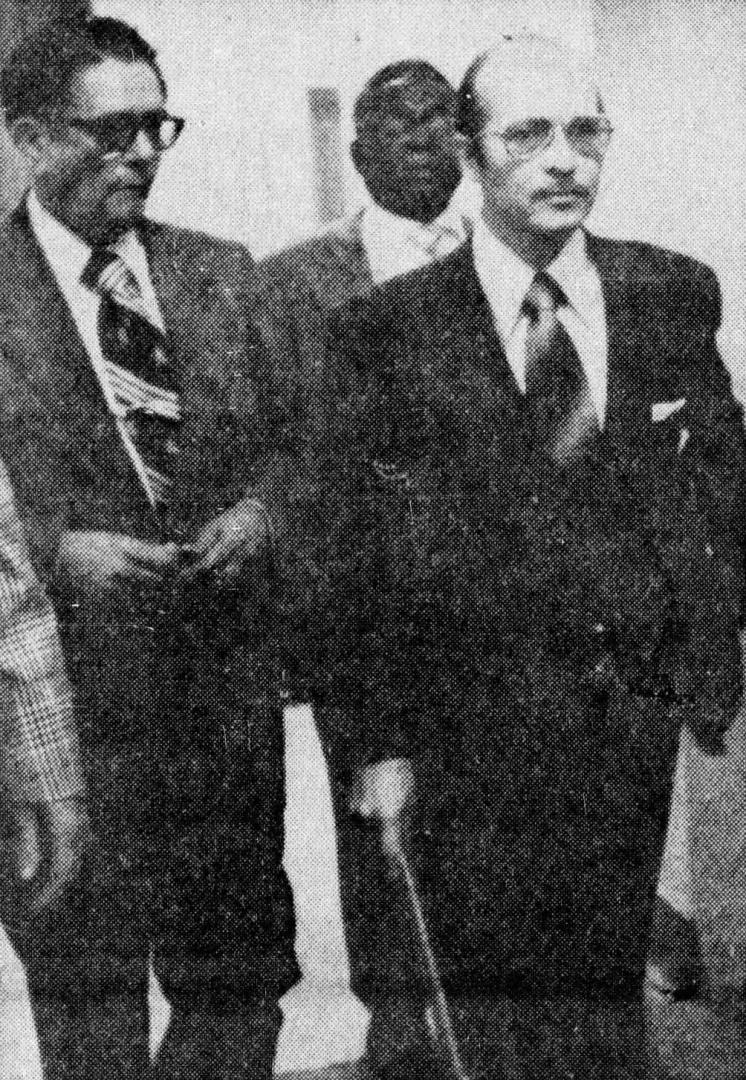.jpg)
1930 - 1983
John Eldon Smith
Summary
Name:
John Eldon SmithNickname:
Anthony Isalldo Michetti / Tony MachettiYears Active:
1974Birth:
September 17, 1930Status:
ExecutedClass:
MurdererVictims:
2Method:
ShootingDeath:
December 15, 1983Nationality:
USA.jpg)
1930 - 1983
John Eldon Smith
Summary: Murderer
Name:
John Eldon SmithNickname:
Anthony Isalldo Michetti / Tony MachettiStatus:
ExecutedVictims:
2Method:
ShootingNationality:
USABirth:
September 17, 1930Death:
December 15, 1983Years Active:
1974Date Convicted:
January 30, 1975bio
John Eldon Smith was born on September 17, 1930, in Altoona, Pennsylvania, to Zelda and John M. Smith. He grew up in Pennsylvania, where he spent summers working on his relatives’ farm. After graduating from high school in Ridley Park, he briefly worked as a volunteer firefighter and as a fire-underwriter trainee with the Insurance Company of North America.
In his early twenties, Smith joined the United States Army, where he served for four years, including duty as a paratrooper. He was awarded the Good Conduct Medal and was honorably discharged. Returning to civilian life, Smith attempted to build stability. His first marriage, to Catherine Fitzgerald, began in 1953 and ended in 1963. They reconciled in 1965 but divorced again in the 1970s. Together, they had one son.
By 1973, following the collapse of his marriage, Smith had become vice president of an insurance agency in New Jersey. However, loneliness and personal dissatisfaction led him to take a vacation in North Miami Beach, Florida, in 1974. There, he met Rebecca Turpin, a divorced mother of three daughters. Rebecca had a turbulent history, including a failed marriage to Joseph Ronald Akins, who once accused her of trying to kill him.
Smith and Rebecca married on July 1, 1974. Soon after, Smith began using the alias Anthony Isalldo Michetti, or “Tony Machetti.” He adopted the persona partly to impress clients, claiming the name sounded like something out of the mafia. Together, John and Rebecca aspired to a life of luxury. Smith even portrayed himself as a hitman, while Rebecca began plotting against her former husband, realizing that her daughters were beneficiaries of his life insurance policy.
murder story
On the evening of August 31, 1974, John Eldon Smith, Rebecca Turpin Smith, and their associate John Maree lured Joseph Ronald Akins, age 38, and his new wife, Juanita Knight Akins, age 29, to a suburban construction site in Macon, Bibb County, Georgia. Akins was told he would be installing a television antenna, but upon arrival, he and Juanita were ambushed.
Smith and Maree, armed with a shotgun, opened fire. Ronald was shot twice, and Juanita once, killing them both inside their car. Rebecca remained in Florida, but her role as the mastermind of the plot was soon uncovered. The motive was financial: she expected to gain $53,000 from Ronald Akins’s life insurance policy.
The bodies were discovered only hours later by a pilot flying overhead. The brutality of the double murder immediately drew police attention. Within weeks, Smith, Rebecca, and Maree were all arrested in Florida and extradited to Georgia.
At trial, Maree testified for the prosecution in exchange for a plea deal. He stated that Smith had carried out the shootings and that the original plan involved poisoning Akins, which fell apart when Juanita unexpectedly accompanied her husband. Maree also testified that Rebecca had manipulated both men into carrying out the murders, citing vengeance against Ronald and the lure of financial gain.
Smith, for his part, took the stand and denied involvement. He claimed he was on a beach in Florida on the day of the murders and insisted that Maree had borrowed his identification for a trip. The jury rejected his alibi. After only 25 minutes of deliberation, Smith was convicted on two counts of first-degree murder. During sentencing, the jury deliberated for 90 minutes before sentencing him to death.

Rebecca was tried separately on February 10, 1975, and also sentenced to death. Maree received two concurrent life sentences after pleading guilty in exchange for his testimony.
Smith’s conviction triggered automatic appeals, as was standard in Georgia for capital cases. In 1976, the Georgia Supreme Court upheld his death sentence. Rebecca later won an appeal based on underrepresentation of women in the jury pool and was resentenced to life in prison. Smith, however, did not receive a retrial because his defense team failed to challenge his own jury pool.
Smith became the first person scheduled for execution in Georgia after the U.S. Supreme Court’s Gregg v. Georgia (1976) decision reinstated the death penalty nationwide. His case drew significant media attention and protests. Atlanta Mayor Maynard Jackson, civil rights leaders, and anti-death penalty activists all campaigned for clemency, but the efforts failed.
On December 15, 1983, John Eldon Smith was executed by electric chair at the Georgia Diagnostic and Classification State Prison in Jackson, Georgia. His execution was attended by significant media presence and anti-death penalty demonstrations.
While reporters later speculated about his final words, official records state he had no formal statement. Witnesses did note that he joked with guards as they strapped him into the chair, saying, “Hey, there ain’t no point in pulling it so tight.” He was pronounced dead at 8:15 a.m.